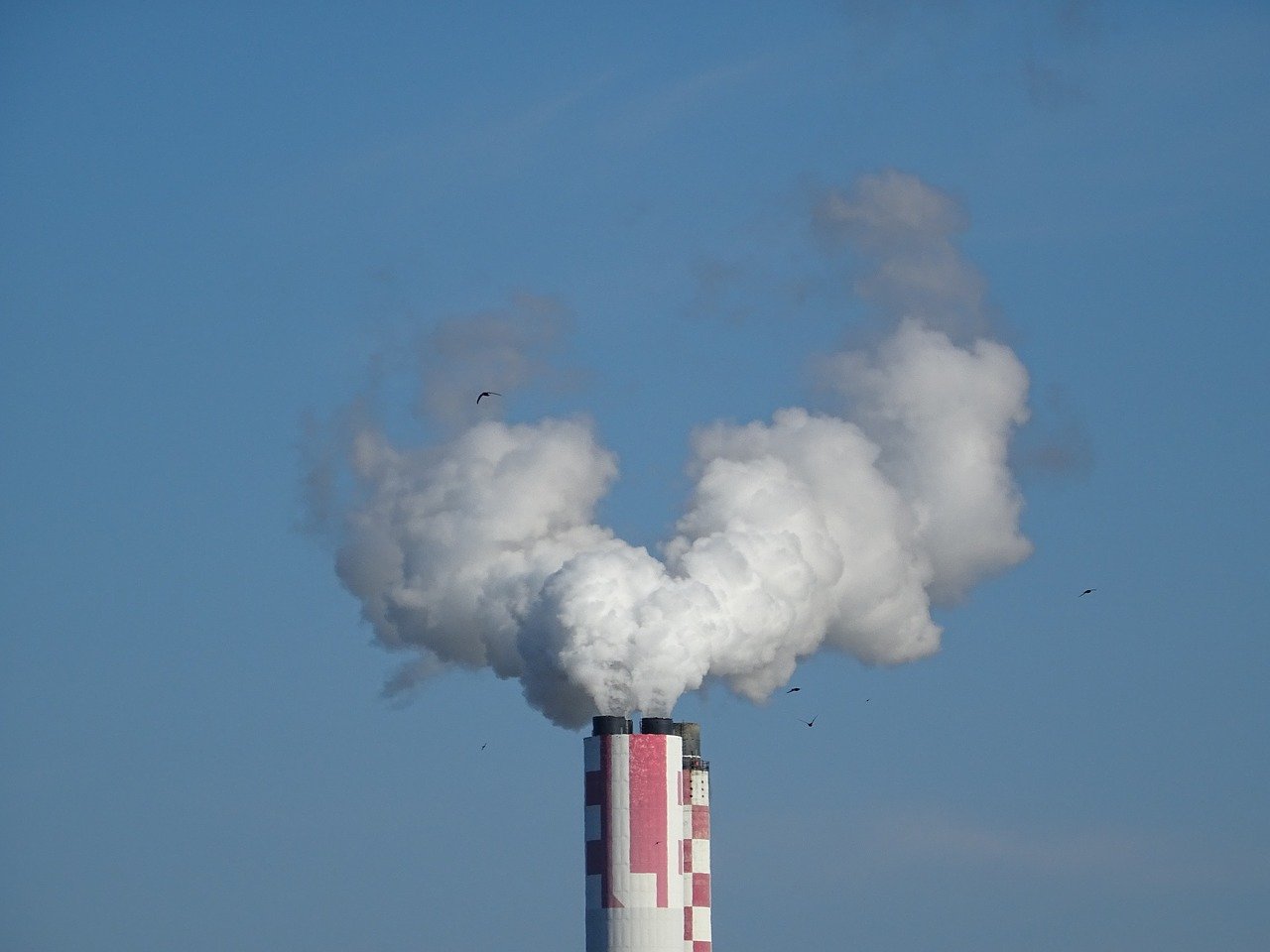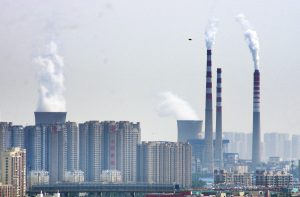With the Paris Agreement reaching its two-year anniversary, China has laid out its plan to establish a national carbon emissions trading market. Although it will only include the power sector, the market will cover more than three billion metric tonnes of carbon emissions, and will thus be larger than the European Union (EU) Emission Trading Scheme (ETS) by a big margin.
Launching the market is an important step toward China implementing its Paris Agreement commitments. However, as a market-based solution to environmental issues, its success will depend on the disclosure of corporate information.
Trading carbon emission permits is like trading virtual assets, according to professor Zhang Shiqiu of Peking University, an expert in environmental economics.
This means that disclosure of information, such as emissions reduction data and the measures companies put in place to control emissions, helps to clarify property rights surrounding such virtual assets. In turn, this makes possible the effective supervision of trading processes to ensure fairness, impartiality and the absence of cheating. All of this contributes to accurate carbon pricing, thus attaining the original goal of establishing the carbon market in the first place.
Furthermore, as carbon trading is ultimately an issue of public interest, carbon emissions permits belong in the public domain and should be subject to information disclosure procedures.
Limited disclosure in pilots
Our analysis at The Institute of Public and Environmental Affairs (IPE), a Beijing based environmental research organisation, shows that none of the seven provincial and municipal trading pilots launched in China since 2013 have disclosed carbon emissions data for key pollution-discharging entities. Information about how allowances were distributed is lacking, too. This lack of market transparency has contributed to major price volatility during pilot operations by limiting the ability of markets to predict carbon prices.
In fact, there is no publicly available information on how much carbon dioxide an emissions trader has emitted, or whether or how their emissions data are verified. The Chongqing ETS even failed the basic requirement of providing a list of all the emitters on the carbon market.
With national carbon trading set to launch in a few years, many are worried that the requirement to "establish a greenhouse gas emissions information disclosure system" raised in the Work Plan for Greenhouse Gas Emissions Control during the 13th Five-Year Plan is still unimplemented.
What other markets do
Disclosure of trading information has been crucial to achieving emissions reductions and efficient operations of trading mechanisms in other countries. IPE compared China’s ETS pilots to some of the more mature markets elsewhere to see how China compares on transparency.
In the US sulfur dioxide market (the first open market emissions trading scheme) trading information was fully disclosed to the public. For the EU ETS, legal requirements for information disclosure are made at the EU level, and countries and enterprises all publish allowances data. California not only publicly discloses emissions information, but has also established channels for the public to access the data through an interactive mapping tool.
Next moves for China
Compared to these carbon markets, China’s national ETS has a long way to go to improve data transparency.
Fortunately, government departments are conducting research and carrying out preparations for carbon disclosure. In the latest version of the Administrative Measures on Carbon Emissions Trading (submitted for approval and about to be implemented), “information disclosure” was a dedicated chapter, with “emissions status of entities designated for emissions control” included as information subject to open publication.
But as the launch of China’s national carbon market approaches, compulsory disclosure requirements should be raised as soon as possible, beginning with information that is already required by legal statutes and which enterprises submit to authorities but is not yet shared with the public.








